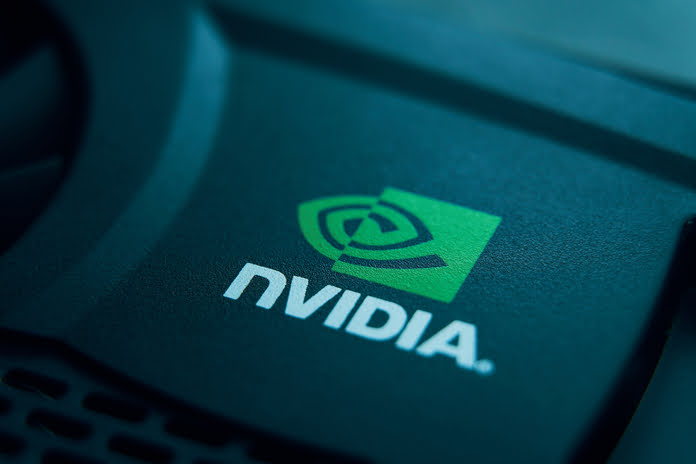For investors closely following Nvidia (NASDAQ:NVDA), May 15 is a critical date that could significantly impact the company’s stock. Bank of America has warned that Nvidia stock volatility could persist leading up to this date due to new U.S. government restrictions on AI chip exports, known as the AI Diffusion Rule.
Nvidia’s H20 GPUs, designed for the Chinese market, may face new trade barriers under these rules, leaving investors uncertain about the potential financial impact. With NVDA stock already down 23.1% year-to-date, market participants are closely monitoring whether this regulatory shift will trigger further declines or present a buying opportunity.
What’s Behind Nvidia Stock Volatility?
Nvidia is the global leader in AI computing, with dominant positions in data centers, gaming, and autonomous driving. However, its exposure to China—estimated at around 10% of total revenue—places it in the crosshairs of U.S. regulatory actions.
According to Bank of America, the AI Diffusion Rule will restrict access to advanced AI chips in select countries, particularly China. While these changes could shrink Nvidia’s market share in China, analysts believe the stock could recover once investors fully assess the impact.
Nvidia’s Recent Performance and Outlook
Despite Nvidia stock volatility, the company delivered outstanding Q4 results:
- Revenue: $39.3 billion (up 78% year-over-year)
- Data Center Revenue: $35.6 billion (up 93%)
- Blackwell GPU Sales: 31% of total data center revenue
- Stock Buybacks & Dividends: $8.1 billion returned to shareholders
Nvidia projects Q1 revenue of $43 billion, reflecting a 65% year-over-year increase. Strong demand for Blackwell AI chips and continued growth in data centers are expected to drive further gains.
What’s Next for NVDA Stock?
While Nvidia stock volatility may persist in the short term, Wall Street remains bullish. Bank of America has reiterated its “Buy” rating with a $200 price target, citing Nvidia’s leadership in AI and strong long-term growth prospects.
As the May 15 deadline approaches, investors should brace for potential fluctuations in Nvidia stock. However, those with a long-term perspective may see any dips as a buying opportunity in one of the most innovative tech stocks on the market.
Potential Catalysts for Nvidia Beyond May 15
Beyond regulatory concerns, Nvidia has multiple catalysts that could drive the stock higher in the second half of 2025. The company’s recent partnerships, product innovations, and strategic acquisitions highlight its continued dominance in AI and data processing.
General Motors (NYSE:GM) Partnership – Nvidia has expanded its relationship with GM, integrating AI-powered chips into autonomous driving systems. This could position Nvidia as a key player in the future of self-driving technology.
Blackwell Ultra Chip Demand – Nvidia’s Blackwell architecture is expected to be a game-changer, with unprecedented performance improvements over previous generations. Strong adoption of this chip by hyperscalers and enterprise customers could further boost revenue.
Cloud and AI Expansion – With AI-driven workloads expanding rapidly, Nvidia’s data center business continues to outpace expectations. Major cloud providers like Microsoft (NASDAQ:MSFT) and Amazon (NASDAQ:AMZN) are heavily investing in Nvidia’s GPU technology.
Should You Buy Nvidia Stock Now?
Despite Nvidia stock volatility, the long-term investment case remains strong. AI adoption is still in its early stages, and Nvidia is positioned to benefit from the ongoing AI boom. Investors should watch the May 15 developments closely, but those with a high-risk tolerance may find current price levels an attractive entry point for long-term gains.
Featured Image: Megapixl








